Florida isn’t just battling pythons anymore—there’s a whole wild invasion going on.
From lizards with dragon vibes to fish that breathe air and keep marching on land, the Sunshine State has turned into a real-life creature feature.
These aren’t exotic zoo escapees or sci-fi monsters—they’re the new neighbors, and they’re not asking permission.
You might spot one clinging to your fence.
Or hear them rustling through your backyard palms at night.
They’re weird.
They’re bold.
And they’re multiplying fast.
While everyone’s focused on the snake headlines, a quieter, weirder takeover is unfolding.
Ready to meet the unexpected lineup turning Florida into a living, breathing “who invited them?” documentary?
Green Iguanas
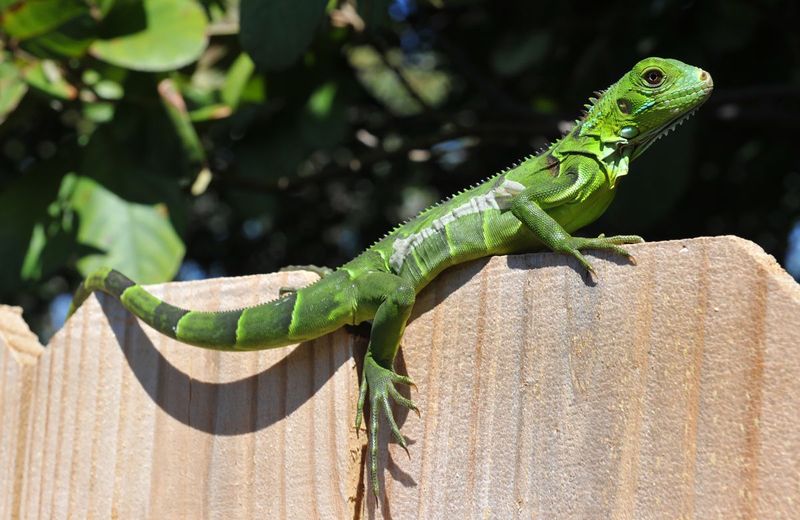
The green iguana is an exotic presence in Florida’s urban and suburban landscapes. With their vibrant scales and impressive size, these reptiles capture attention easily. Originally from Central and South America, they have become a common sight in Florida’s backyards and parks. Their diet consists mainly of leaves, flowers, and fruit. However, their growing population has led to concerns over the destruction of native plants. Green iguanas are also known for their ability to adapt to various environments, making them successful invaders in the Sunshine State.
Cane Toads
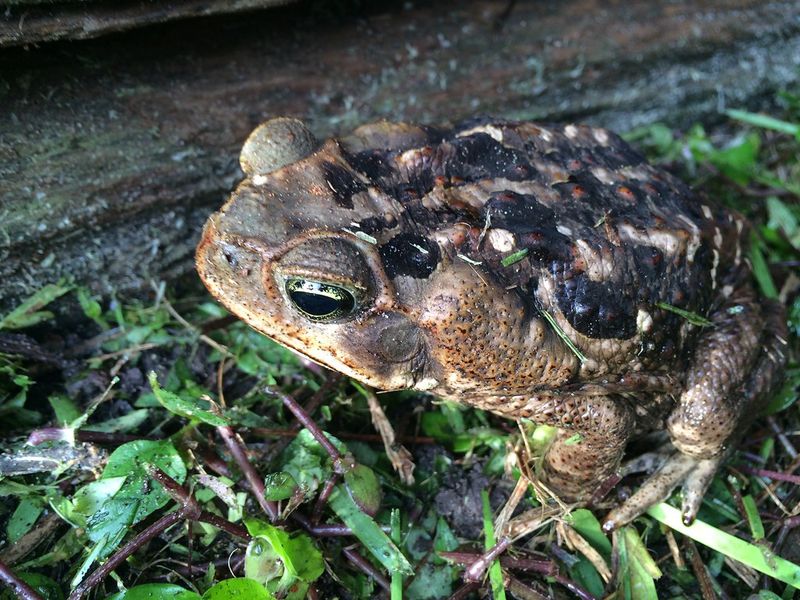
Cane toads, also known as bufo toads, are a formidable presence in Florida. These large amphibians, introduced to control pests, have become pests themselves. They secrete toxins that can be harmful to pets and wildlife. Despite their warty appearance, cane toads can thrive in urban environments. Their efficient breeding allows them to spread rapidly across the state. This adaptability and toxicity make them a significant threat to Florida’s native species, causing ecological imbalances that are difficult to rectify.
Nile Monitor Lizards
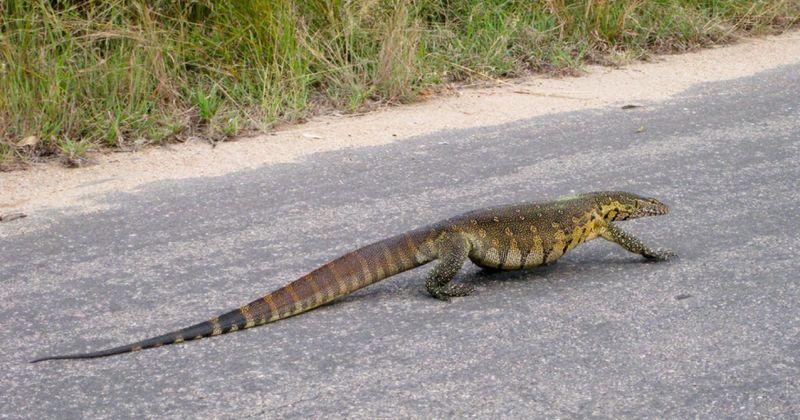
The Nile monitor lizard is a captivating yet troublesome inhabitant of Florida. These large, carnivorous reptiles, native to Africa, can grow over six feet long. They have established populations in areas like Cape Coral, where they hunt native birds, eggs, and small mammals. Their presence threatens local wildlife, as they compete for food and habitat. With their powerful limbs and sharp claws, Nile monitors are formidable hunters. This invasive species poses a challenge to conservationists aiming to protect Florida’s fragile ecosystems.
Lionfish
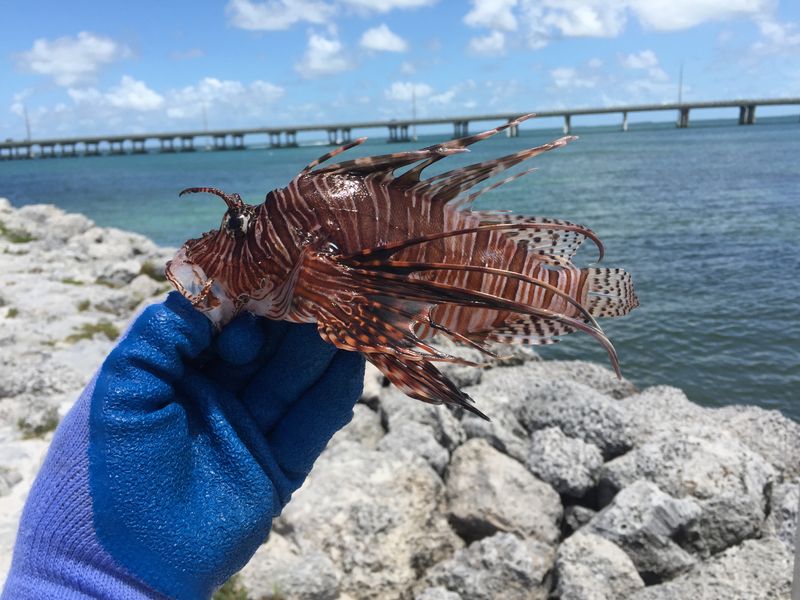
Lionfish, with their striking appearance, are an oceanic menace in Florida’s waters. These colorful fish, native to the Indo-Pacific, have invaded the Atlantic, Gulf of Mexico, and Caribbean. Known for their venomous spines, lionfish have no natural predators in these regions. Their voracious appetite for smaller fish and crustaceans disrupts marine ecosystems. Efforts to control their population include organized hunting and cooking competitions. Despite their beauty, lionfish pose a serious threat to the biodiversity of Florida’s coral reefs.
Black Spiny-tailed Iguanas
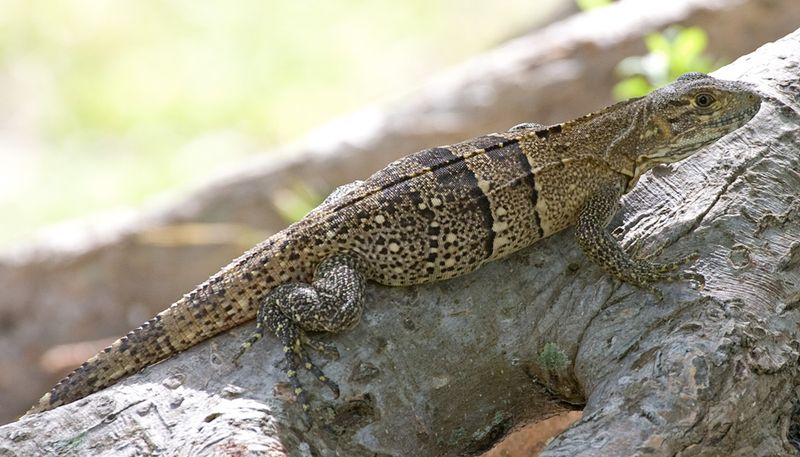
Black spiny-tailed iguanas are an intriguing sight in Florida, originating from Central America. These iguanas are smaller than their green cousins but have a robust build and distinctive black coloring. They thrive in coastal areas and can often be found basking on rocks or scampering through underbrush. Their diet includes insects, fruits, and vegetation. Black spiny-tailed iguanas have quickly adapted to Florida’s environment, causing concern for native species. Their presence highlights the ongoing issue of invasive reptiles in the region.
Burmese Pythons
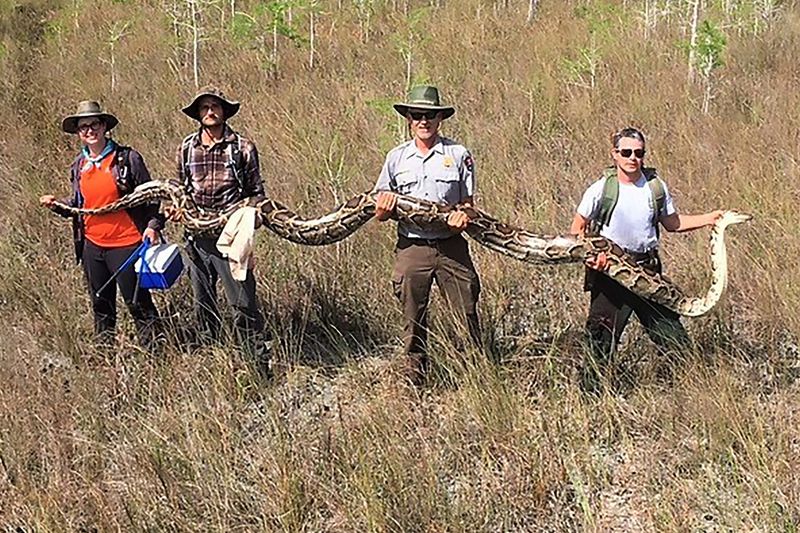
Burmese pythons are among the most notorious invaders of Florida’s ecosystems. These colossal snakes, native to Southeast Asia, have established a substantial presence in the Everglades. Their predation on native wildlife, including mammals and birds, has led to significant ecological impacts. Pythons have few natural predators in Florida, allowing their population to grow unchecked. Efforts to manage their numbers include organized hunts and research initiatives. Burmese pythons serve as a stark reminder of the challenges posed by invasive species in the state.
Argentine Black and White Tegus
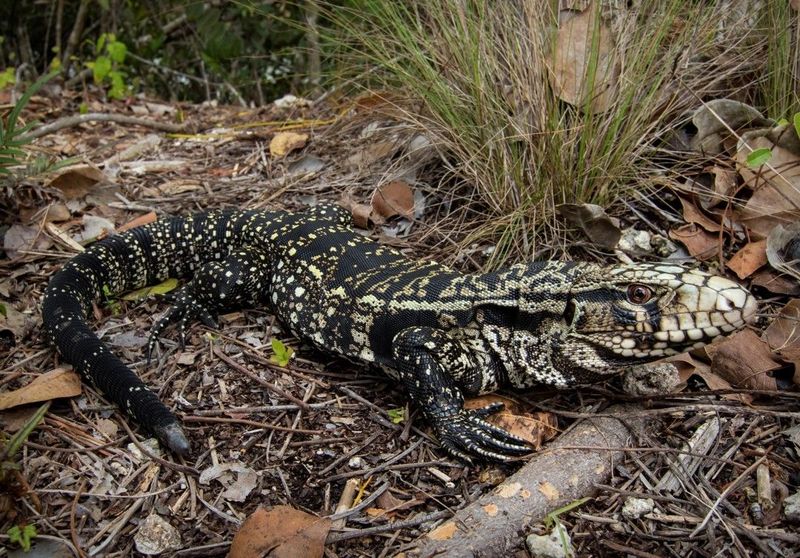
Argentine black and white tegus are charismatic invaders in Florida. These large lizards, known for their striking black and white patterns, originate from South America. Tegus are highly adaptable, thriving in a variety of habitats including forests and grasslands. Their diet is diverse, encompassing fruits, vegetables, and small animals. Tegus have established populations in southern Florida, where they compete with native species for resources. Their presence has raised concerns about the impact on local ecosystems, prompting control and management efforts.
Cuban Tree Frogs
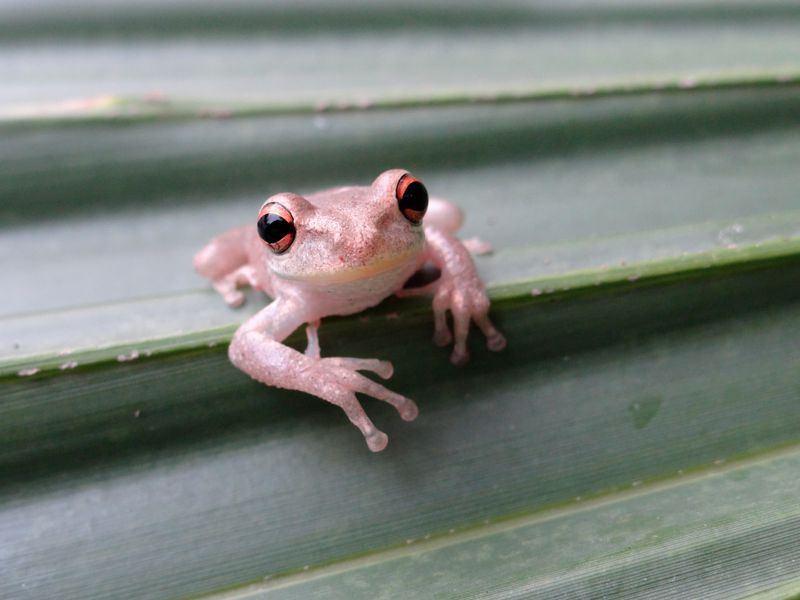
Cuban tree frogs are an unexpected amphibian presence in Florida’s environments. These large frogs, identifiable by their wide eyes and sticky toes, are native to Cuba and other Caribbean islands. In Florida, they can be found in gardens, forests, and even homes. Their diet includes insects and other small invertebrates. Cuban tree frogs pose a threat to native frog populations by outcompeting them for food and habitat. Their adaptability and rapid reproduction make them a challenging invasive species to manage.
Feral Pigs
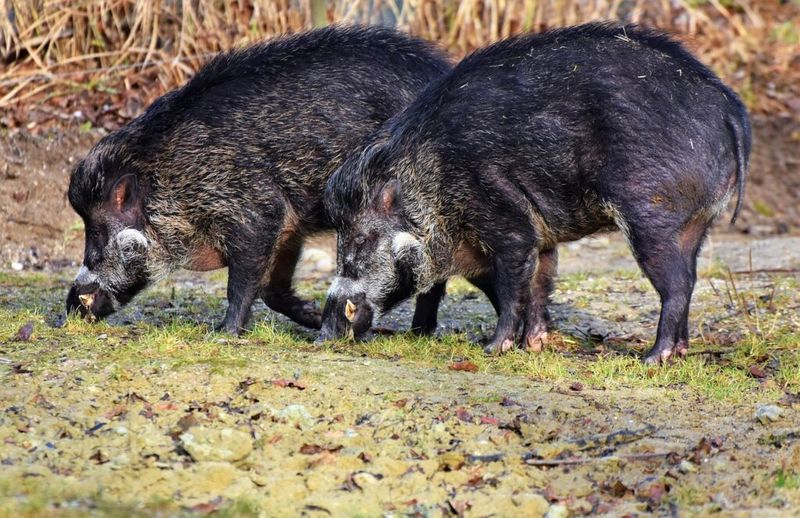
Feral pigs are a destructive force in Florida’s ecosystems. These wild relatives of domestic pigs have established populations across the state. Known for their rooting behavior, feral pigs damage crops, landscapes, and natural habitats. Their omnivorous diet allows them to consume a wide variety of food, impacting native plants and animals. Feral pigs also compete with other wildlife for resources. Control efforts include hunting and trapping, but their high reproductive rate makes management challenging. Feral pigs highlight the complexities of invasive species control.
Peacock Bass

Peacock bass, a striking fish species, have found a home in Florida’s freshwater environments. Originally from South America, these fish are known for their vibrant patterns and aggressive behavior. They were introduced to Florida for sport fishing but have since established breeding populations. Peacock bass compete with native fish species for food and habitat, altering the balance of aquatic ecosystems. Despite their beauty and popularity among anglers, their presence underscores the unintended consequences of introducing non-native species.
Muscovy Ducks
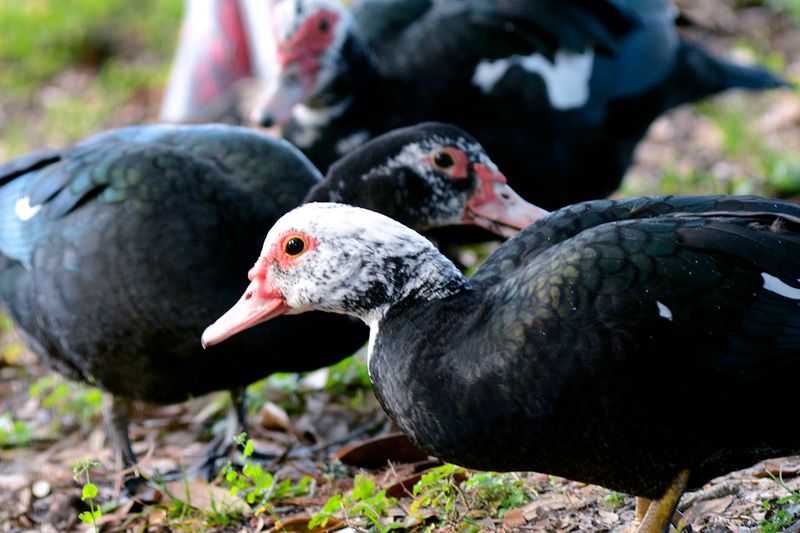
Muscovy ducks are a familiar sight in Florida’s urban and suburban areas. Originally from Central and South America, these ducks have been introduced to various regions worldwide. Recognizable by their unique red facial skin and large size, Muscovy ducks are often found in parks and residential neighborhoods. They feed on plants and small aquatic creatures. Their adaptability to human environments allows them to thrive, sometimes leading to conflicts with residents. Muscovy ducks highlight the challenges of managing non-native wildlife in populated areas.
Burmese Star Tortoises
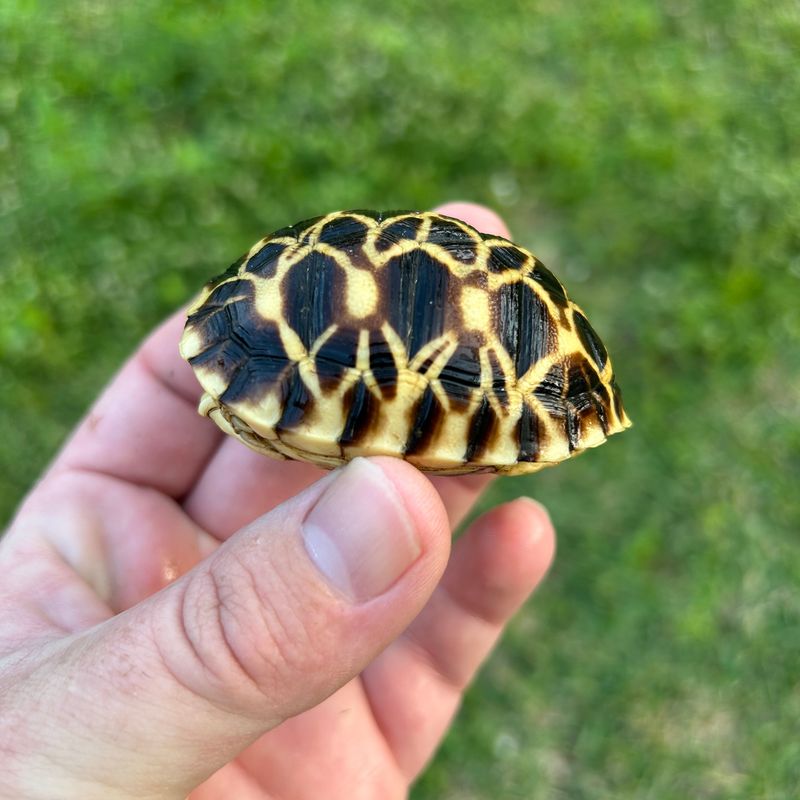
Burmese star tortoises, with their beautifully patterned shells, are a rare but growing presence in Florida. These tortoises, native to Myanmar, are prized for their striking appearance. In Florida, they are often kept as pets but can escape into the wild, where they adapt to local conditions. Their diet consists of grasses, fruits, and flowers. Burmese star tortoises pose a potential threat to native tortoise species due to competition for resources. Their presence in the wild raises questions about the responsibilities of pet ownership.
Indian Flying Foxes
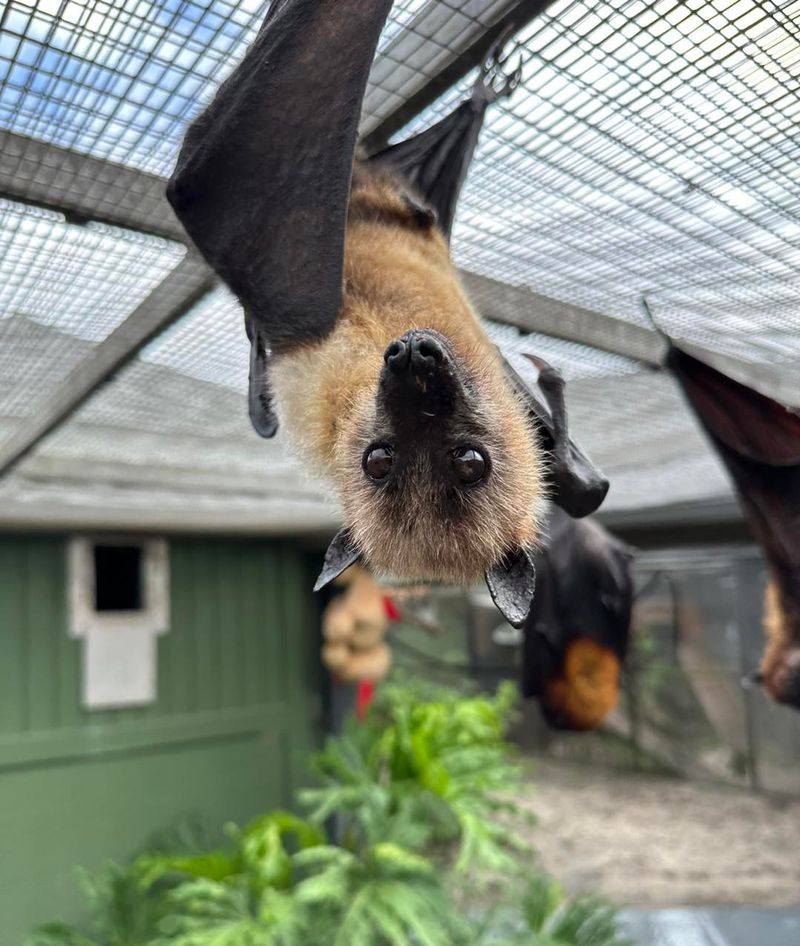
Indian flying foxes, the world’s largest bats, have surprisingly made their way to Florida. These massive bats, characterized by their fox-like faces and large wingspans, roost in trees and feed on fruits and nectar. They play a role in pollination but can negatively impact fruit orchards. Their presence in Florida raises concerns about disease transmission and competition with native bat species. The Indian flying fox’s unexpected residence in the state highlights the complexities of managing wildlife that crosses geographical boundaries.
Rock Pigeons
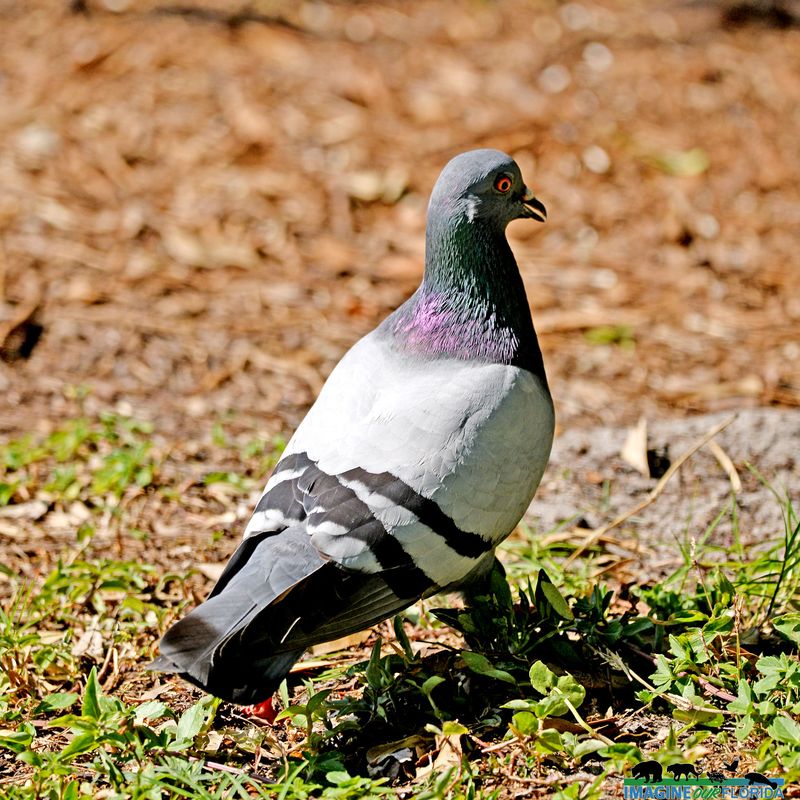
Rock pigeons are a ubiquitous sight in Florida’s urban landscapes. These birds, originally from Europe, have adapted to city life with ease. Often seen in parks and public squares, rock pigeons forage for food scraps and nest in building nooks. Their presence can lead to issues with overpopulation and disease transmission, affecting both wildlife and human health. Efforts to control their numbers include habitat modification and public education. Rock pigeons demonstrate the enduring challenge of managing common yet invasive urban wildlife.
Ring-necked Parakeets
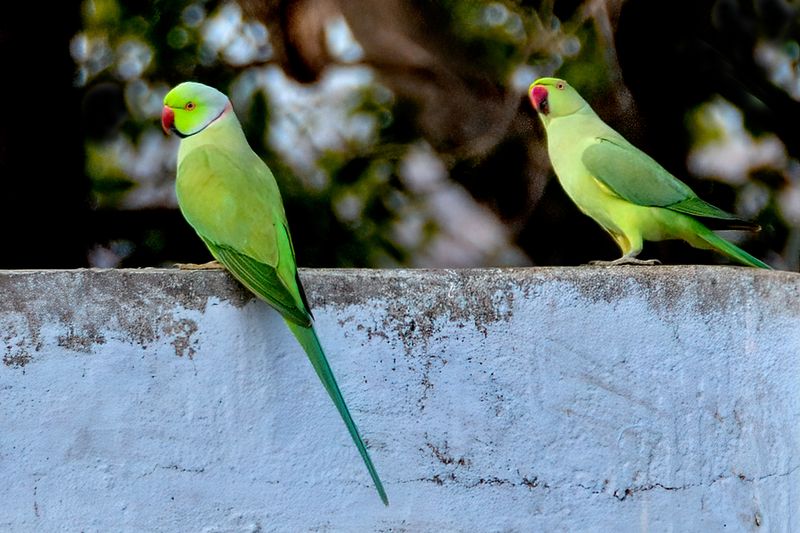
Ring-necked parakeets, with their bright green plumage and distinctive calls, are a colorful addition to Florida’s avian community. These parakeets, native to Africa and South Asia, have established populations in urban and suburban areas. They thrive in warm climates and feed on a variety of seeds and fruits. Their presence poses a threat to native bird species through competition for food and nesting sites. Ring-necked parakeets highlight the impact of the pet trade and the challenges of managing exotic birds in the wild.
Capybara Invasion
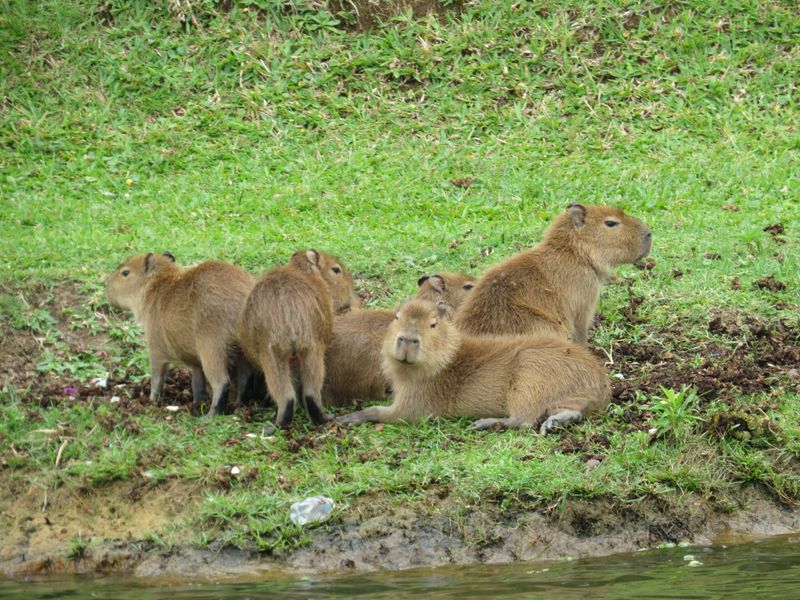
Imagine stumbling upon a giant rodent basking by a Florida lake. Capybaras, native to South America, are finding the Sunshine State’s wetlands quite inviting. These social animals, known for their relaxed demeanor, have been spotted in increasing numbers around Florida’s waterways.
Capybaras are the world’s largest rodents, often forming groups that thrive near water. Their presence in Florida is attributed to pets escaping or being released into the wild.
Interestingly, capybaras adapt well to Florida’s climate, enjoying the warm temperatures and abundant aquatic vegetation, much like their native habitats.

